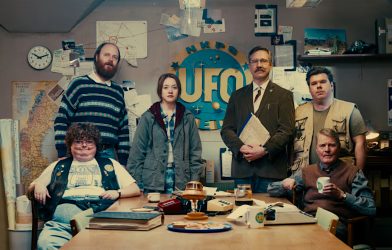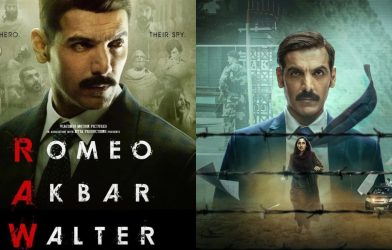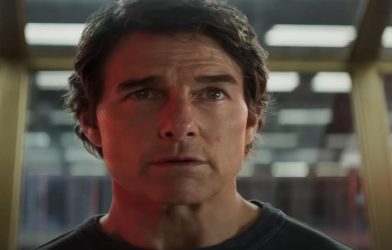Over the last ten years, movie trailers have undergone a dramatic transformation. No longer just a teaser for an upcoming film, modern trailers are complex pieces of marketing that aim to build hype and get audiences excited to see the full movie. From greater use of symbols and music to the rise of trailers tailored for specific demographics, here are the key ways that these promos have changed in the past decade.
Increasing Use of Symbols
One major shift in recent movie trailers is the greater use of symbols and their meanings. Where trailers once simply showed snippets of scenes from the film, many now incorporate symbolic images and motifs that hint at the themes and messages of the movie. These symbols are often open to interpretation and get viewers thinking more deeply about what the film might be about. By tapping into symbols and their meanings, contemporary trailers engage viewers on a more intellectual level and get them deciphering the codes and significance of what they are seeing.
For example, the trailer for the 2020 film Tenet made signature use of hands wearing rubber gloves passing objects backwards and forwards, representing the time inversion concept that is central to the movie’s complex plot. This invited speculation from audiences about how time would work in the film’s world. Meanwhile, the trailer for 2019’s Joker was full of symbolic scenes portraying the title character having makeup applied that suggested themes of transformation, identity, and the mask we wear in public.
More Focus on Tone, Music, and Emotion
Today’s trailers are also more focused on establishing the tone of a film through music, sound, and emotive footage. Where once trailers simply showed a montage of disjointed scenes, modern teasers aim to immerse the viewer in the atmosphere of the movie.
For example, the trailers for The Witch (2015) and It Comes at Night (2017) were both deeply atmospheric, using unsettling music and visuals to convey the dread-filled tone of the films. Through their moody, evocative styles, they gave audiences a real taste of the foreboding emotions these horror movies would evoke.
Similarly, the use of memorable music has become a key way for trailers to imprint the vibe of the film on viewers. Songs featured on trailers now often become internet sensations, such as the reworkings of pop hits in Suicide Squad’s teasers. By focusing more on crafting a desired emotional experience, today’s trailers create a richer impression of a film’s world that sticks with audiences.
Tailoring Trailers for Specific Demographics
Another major evolution is the increased tailoring of trailers for specific target demographics. In the past, very little research went into the marketing of trailers. Instead, trailers were marketed to a general audience. However, it is now common for different trailers to be targeted to specific groups like action fans, horror buffs or families.
For example, Dwayne Johnson’s 2015 disaster movie San Andreas was promoted with trailers emphasising intense action sequences for younger male viewers while also having trailers that focused on the family dynamic for older audiences. Similarly, trailers now incorporate social media trends and modern music to appeal to internet-savvy millennials.
This demographic targeting reflects a more sophisticated approach to selling movies to different market segments that respond to particular styles, themes, and imagery. Trailers are now precision tools for generating hype in the exact crowds likely to be most excited for any given film.
More Teasers and Trailer Variations
Finally, the enormous growth in the number of teasers and trailer variations has transformed the modern movie marketing landscape. Major blockbusters now get multiple trailer releases in the build-up to launch, often beginning with cryptic teasers up to a year before release.
For example, prior to Star Wars: The Force Awakens, short video clips and teasers were steadily dripped out to build intrigue. Meanwhile, films like Avengers: Infinity War had different trailers emphasising specific characters and storylines to appeal to fans invested heroes.
This strategy of steadily releasing various edited trailers extends the movie hype cycle over many months. It reflects Hollywood’s increased reliance on trailers not just as advertisements but as key events themselves in the blockbuster marketing calendar. Fans now pore over trailers frame-by-frame and debate different versions as an essential part of the communal movie experience.
Movie trailers have been radically reimagined over the last ten years. From greater use of evocative symbols to trailers finessed for specific demographics, these promos have evolved into sophisticated marketing tools that aim to craft emotion and excitement rather than just display scenes.
– Advertisement –









